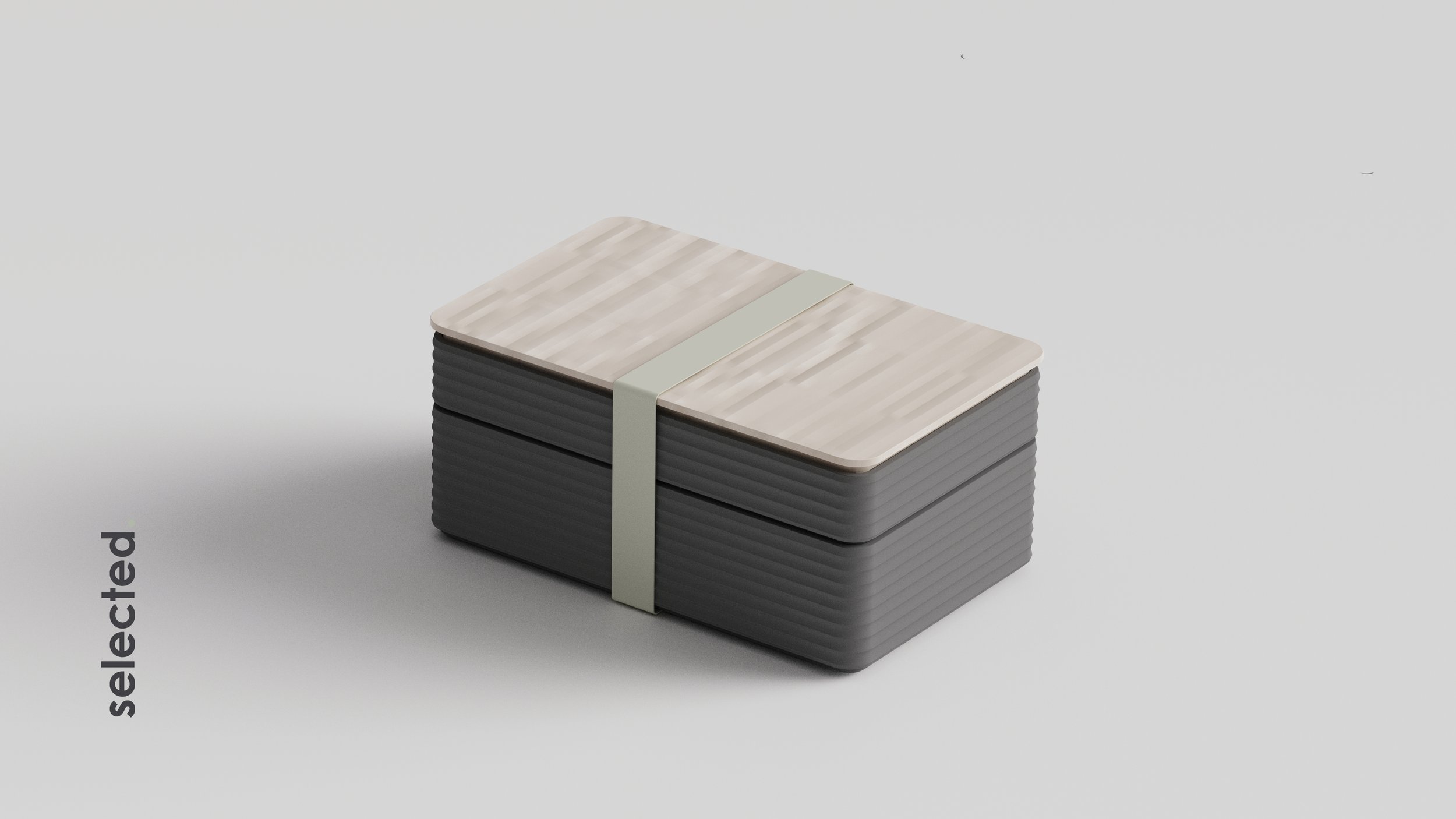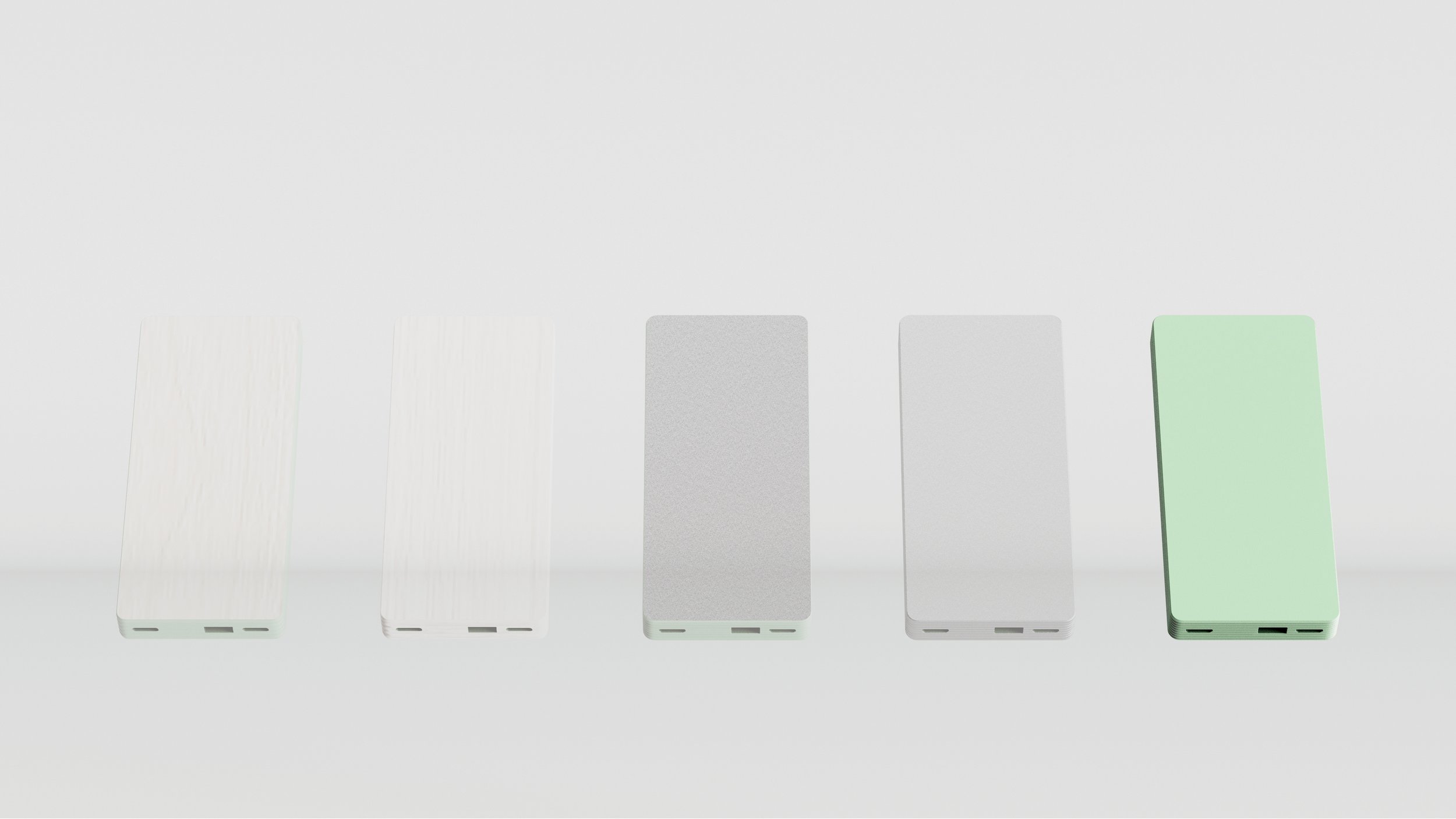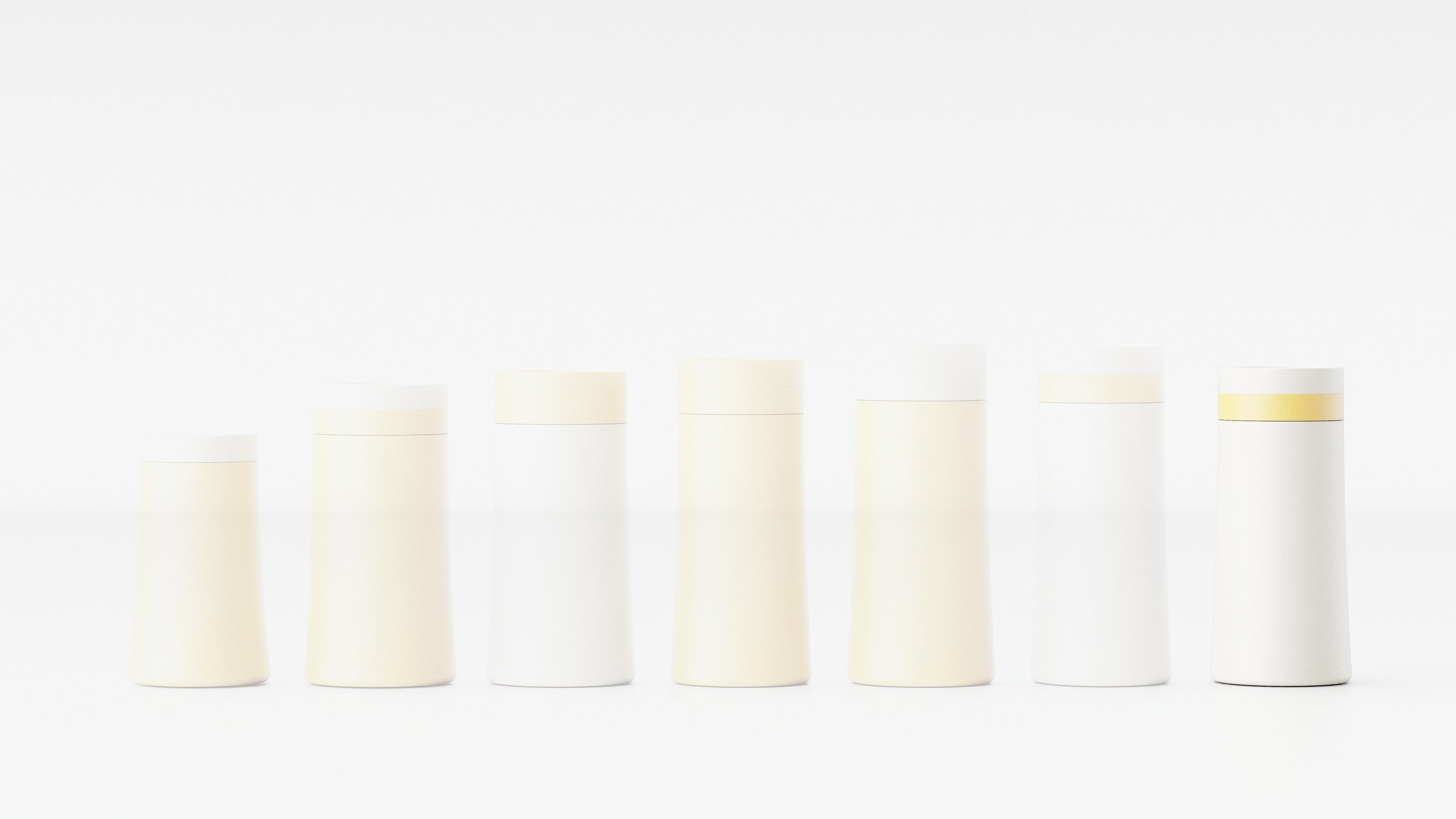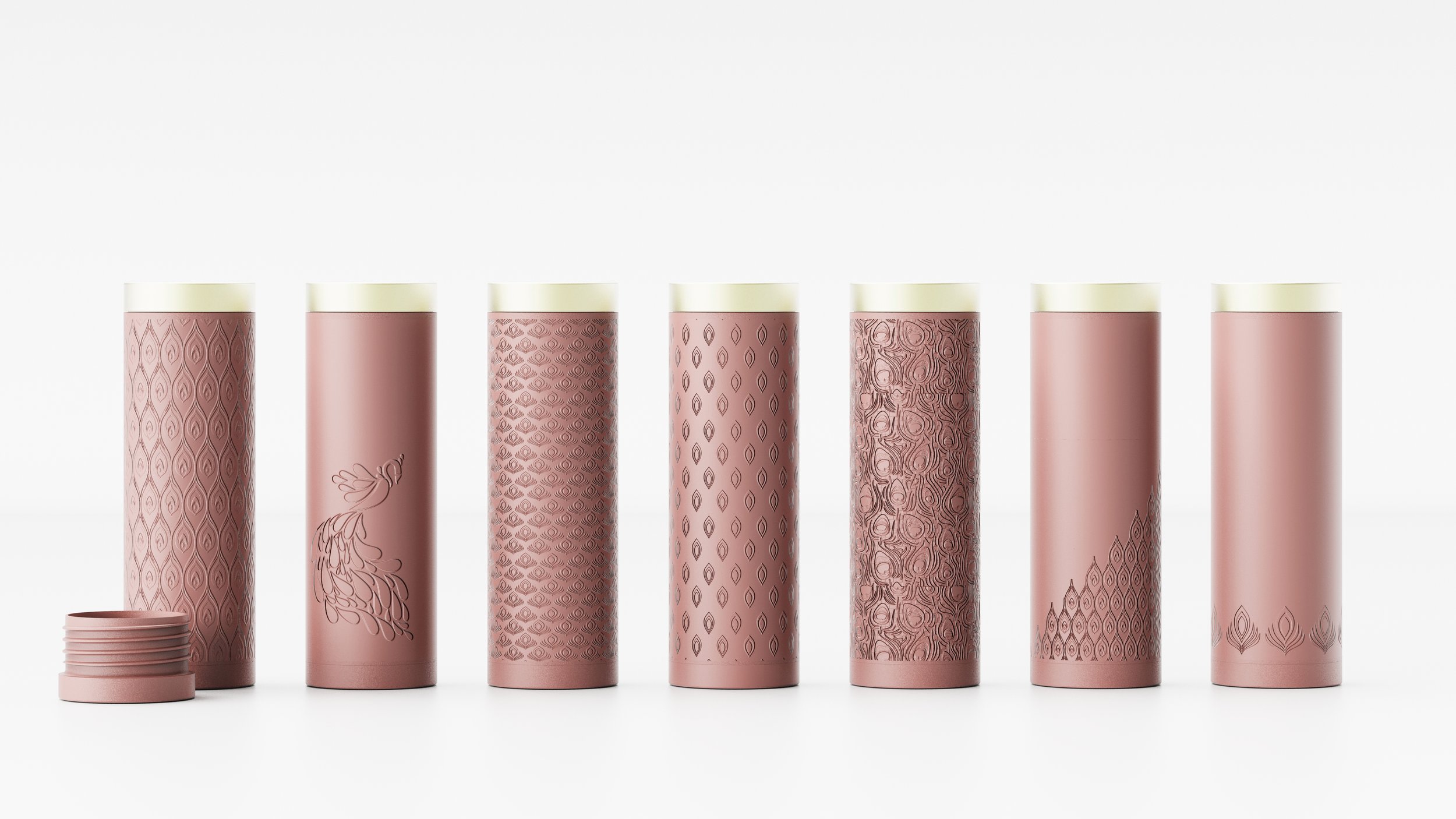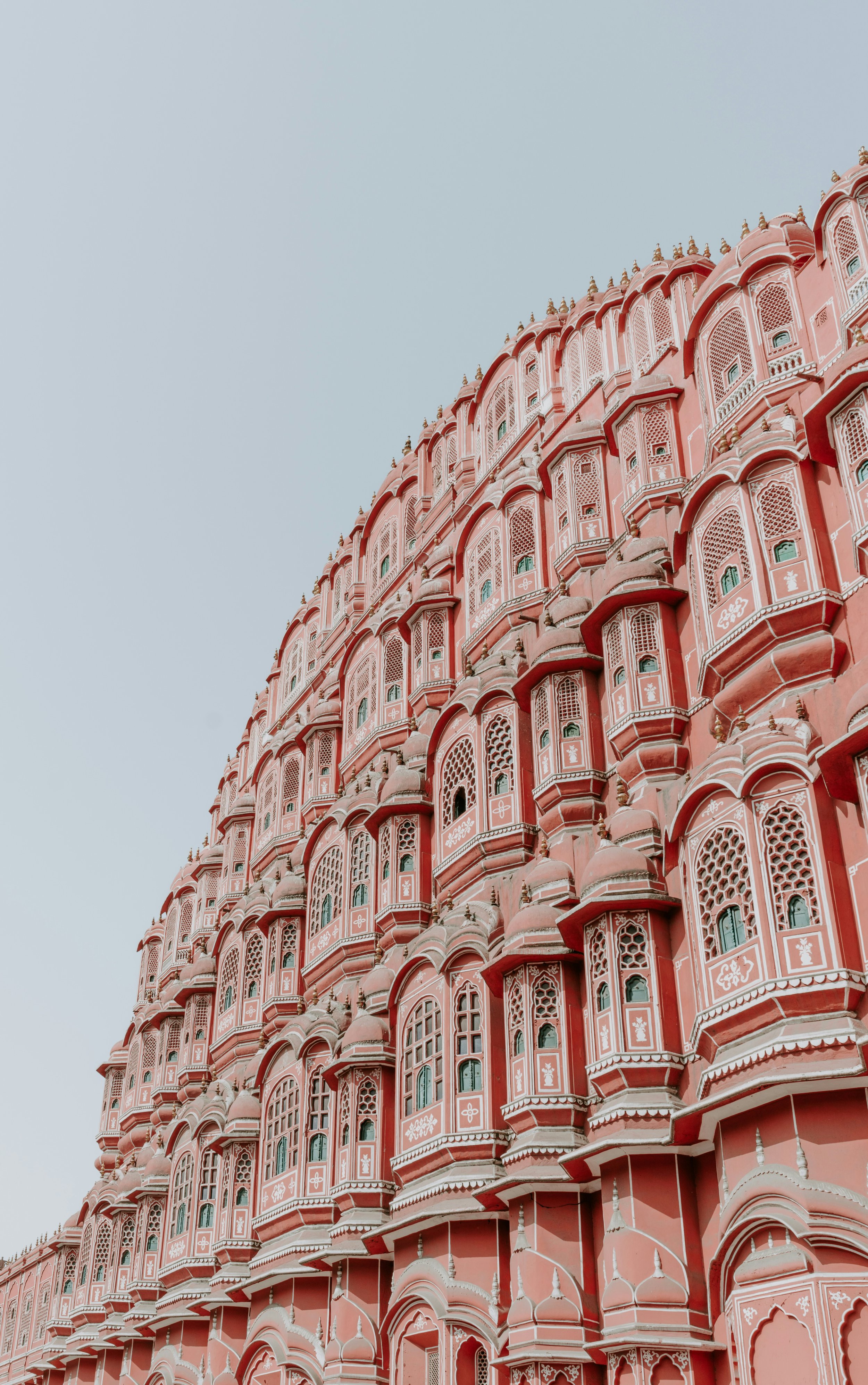We are all different externally but we are all connected through the products we interact with daily.
-
The goal for this project was to understand the ins and outs of various cultures, ranging from their geography to their activities and way of life, to find similarities and differences that exist between a selected triad of cultures.
-
The intention was to create suites of products that encapsulate this likeness and difference through inspiration, research, and materials native to the respective selected regions and what they represent.
-
The idea was to bring a diverse assortment of cultures to the top, from all corners of the globe. The hard part was deciding how to start.

From the concrete jungles of New York City, to the remote islands of Micronesia, cities from all over the world were considered. The long and tedious process originated with understanding the cultures of each region. Five in total, with the Americas combined and one for each remaining populated continent. There were some regions where the choice was straightforward whereas, with others, the process came down to selecting cultures that were very different from one another, versus ones that are well known. This resulted in the selection of fifteen vastly different cultures from all over the globe.
The 15 cities were identified based on their “aura.” Albeit subjective, it gave a truer grouping as opposed to restricting it to their region or history. In the end, they were grouped into three buckets: Casual Comfort, Sleek Sophistication, and Homey Heritage. One city was selected from each:
tokyo
copenhagen
jaipur
While on different corners of the globe, each of the selected cultures has common characteristics that connect them in aspects that wouldn't generally come to mind in casual conversation.
Whether on a leisurely bike ride along the canals of Copenhagen, on bullet trains across the Japanese landscape, auto-rickshaws in peak Indian bumper-to-bumper traffic, commuting plays a major role when it comes to the daily lives of people in each of these places.
Serving as cultural capitals of their regions, history runs deep through every one of the selected locations. Many instances can speak to the potential of design that can influence the suite of products. As a result of having a long history, there is a deep and integrated culture around food and drink in each of these cultures.
One way that I never expected these places to be connected would be through their consumption of hot beverages. Without producing any Coffee of their own, the Danes are one of the largest consumers of the beverage. Tea in Japan is more than just a hot drink. It is an essential ritual that has a lot of meaning within the culture. As an Indian, I can speak for the one billion people who adore Chai. It does not matter if it is in the middle of the desert, or at the summits of the Himalayas, chai will be consumed without fail.
Through these common aspects, the one entity that could combine them while also dividing them would be through design. It is the one true way that each of them could breathe on their own whilst existing simultaneously amongst the others.
FUeling on the go
There are some essential items that one takes while on the go. Keeping hydrated and satiated are activities that should be kept as priority number one whilst being on the go. With how our world functions today, we need technology to do pretty much anything. Having devices charged at all times is a priority while commuting; living without Uber, Spotify or even DoorDash is like living in the dark ages.
Designing products structured around "fueling on the go" is one that would bode well in terms of being versatile, ranging from commuting, to travelling to the mountains, or even just a lovely picnic in the park.
HOT BEVERAGE
-
When it comes to how hot beverages relate to one another in a cultural aspect, there are definitely some cultures where its more ingrained than others. In Asia, tea is a very important aspect of their culture, but in the UK, its more of an activity than a beverage. To the people of India, Chai is more than just a simple cup of tea.
-
chug chug chug
FOOD CONTAINER
-
People connect to their cultural or ethnic group through food. Food is often used as a means of retaining their cultural identity. The areas in which families live and where their ancestors originated influence food preferences. Food is seen as more than just a means of survival.
-
nom nom nom
Portable Charger
-
We all are glued to our phones, which most people can only customize by the means of a case. What better way to represent where you’ve come from than a portable charger to take on the go.
-
where’s the outlet?
JAPANESE MODERN
With rock gardens and bamboo serving as prime inspiration, the form of the tea bottle was created to be the basis of this Japanese-inspired design suite. Its sweeping curved form aptly represents the minimal and peaceful nature of Japanese Design while also bringing a modern feel to a classic Japanese porcelain artefact.
The combination of clay and plywood has been used in Japanese architecture for centuries and brings serenity to a product suite. The jade green of the bottle shines light on kan-nyuu patterned glaze. When tea seeps into the fine cracks, it is stained, adding character with every use. In keeping traditional use of materials, wood lacquer and fabric are used in the rest of the product suite.
DANISH CHIC
In taking Happiness and Hygge in stride and meshing it with the minimalist and practicality that Danish Design exudes, a suite of products was created that takes after what this product suite would be. Slots and circles, as general forms within the design, represent the notions of unity, integration, and wholeness, and they give us a sense of completion, confidence, and harmony.
When coming to the CMF (colours, materials, and finish) the intention was to create a playful whilst immaculate aura around any experiences that would come from its use. Clean lines, sweeping features, and hidden but purposeful interactions are synonymous with these products and Danish Design culture.
INDIAN ORNAMENTAL
In keeping true to the flavour exhibited by Indian design, textiles, and architecture, this design suite is lavish, ornamental, and traditional. It takes many parts of India's long, and eventful history, ranging from the extravagance of the Mughal Empire and traditional Hindu motifs, and blends them in a modern take on cultural harmony.
The combination of brass and terracotta is one that has been a mainstay in Indian architecture and furnishings for centuries, showing them off in a subtle but luxurious way.
The integration of peacocks is one that took the main priority after the selection of materials. Peacocks are an important part of the Indian subcontinent, not only for their beauty and grace but also for their pride in being the national bird of India.
Hidden but functional aspects of the bottle, for the biscuit container, and graphically wrapping the peacock motifs around the forms enabling for better grip, showcase the Indian mentality to make everything as useful as can be.

CONNECTED, through product
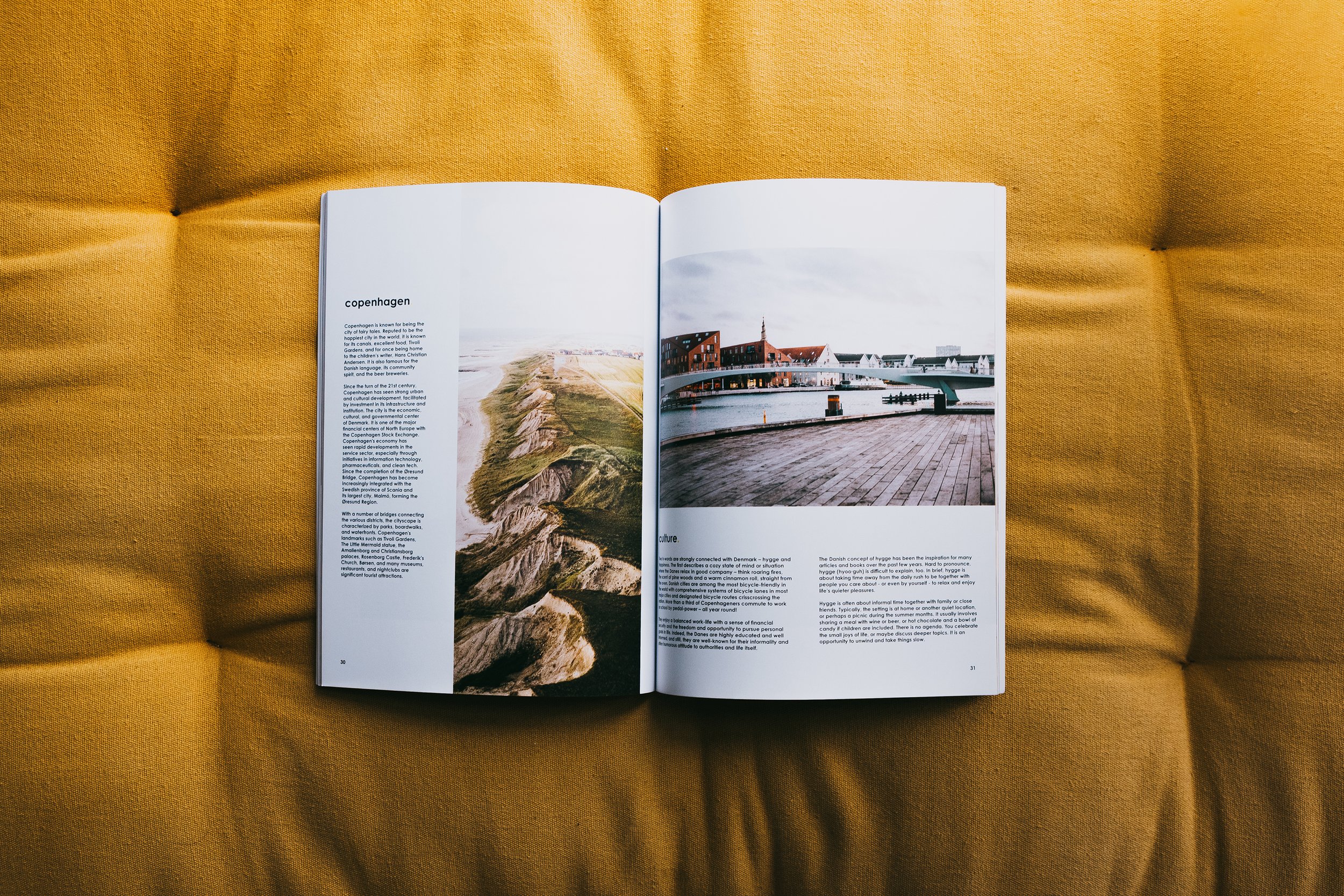
CURATED MAGAZINE
CURATED process MAgazine
ATLAS
Probably had as much fun making this than the entire process










